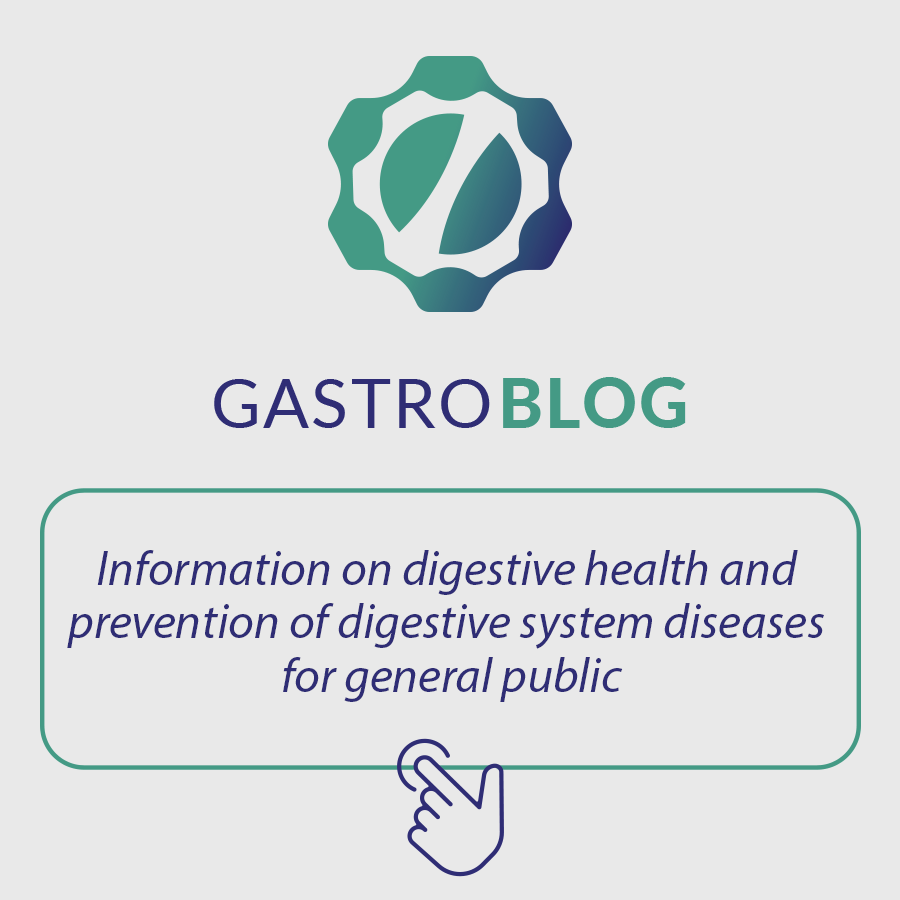Introduction
The incidence of neuroendocrine tumors of the pancreas is increasing, possibly due to more frequent imaging tests and the quality of these tests. However, their prevalence is fortunately still rare. This post from Therapeutic Endoscopy is intended to serve as a reference guide when we eventually come across one of these situations in our daily lives. If you want to know about duodenal neuroendocrine tumors check out this other article.
Important general concepts about neuroendocrine tumors of the gastrointestinal tract
The NETs correspond to a heterogeneous group of neoplasms that originate from neuroendocrine cells (enterochromaffin-like cells), with secretory characteristics.
All gastroenteropancreatic (GEP) NETs are potentially malignant and behavior and prognosis are correlated with histological types.
The NETs can be sporadic (90%) or associated with hereditary syndromes (10%), such as multiple endocrine neoplasia type 1 (MEN-1), SD von Hippel-Lindau, neurofibromatosis and tuberous sclerosis.
The NETs are mostly indolent, but can determine symptoms. Thus, they can be divided into functioning and non-functioning:
- Functioning: secretion of active hormones or neurotransmitters: serotonin, glucagon, insulin, somatostatin, gastrin, histamine, VIP or catecholamines. They can cause a variety of symptoms
- Non-functioning: they may not secrete any peptide/hormones or secrete non-active peptides or neurotransmitters, so as not to cause clinical manifestations.
Pancreatic neuroendocrine tumors (TNE-P)
The functioning TNEs of the pancreas are: insulinoma, gastrinoma, glucagonoma, vipoma and somatostatinoma.
Most TNE-Ps are malignant, except for insulinomas and TNE-NFs smaller than 2 cm.
Surgery is the only curative modality for sporadic TNE-P, and resection of the primary tumor in patients with localized, regional and even metastatic disease, can improve patient survival.
In general, functioning TNEs of the pancreas should be resected to control symptoms whenever possible. TNE-NF depends on size (see below).
Multiple pancreatic tumors are rare and should raise suspicion of MEN1.
NEXT WE WILL SEE THE MAIN CHARACTERISTICS OF EACH HISTOLOGICAL SUBTYPE
INSULINOMAS
- It is the most frequent TNE of the pancreatic islets.
- 90% are benign, but they are symptomatic even when small.
- About 10% are associated with MEN.
- They are hypervascularized and solitary lesions, often < 2 cm.
- Whipple’s triad:
- hypoglycemia (< 50)
- neuroglycopenic symptoms (blurred vision, weakness, fatigue, headache, drowsiness)
- disappearance of symptoms with glucose replacement
- serum insulin > 6 IU/ml
- C-peptide > 0.2 mmol/l
- Pro-insulin > 5 IU/ml
- Positive prolonged fasting test (99% of cases)
- Learn more about insulinoma in this other article
GASTRINOMAS
- It is more common in the duodenum, but 30% of cases are in the pancreas
- They are the most frequent TNEs of the pancreas after insulinomas.
- They are associated with MEN 1 syndrome in 30%, and in these cases they present as small and multifocal lesions.
- They cause hypergastrinemia and Zollinger-Ellison syndrome.
- 60% are malignant.
- Treatment: surgical in sporadic cases (DPT).
- In MEN 1, there is controversy in the surgical indication, since gastrinemia may not be controlled even with DPT (tumors are usually multiple)
GLUCAGONOMAS
- Rare; most are sporadic.
- They are usually large and solitary, with a size between 3-7 cm occurring mainly in the tail of the pancreas.
- Symptoms: migratory necrolytic erythema (80%), DM, malnutrition, weight loss, thrombophlebitis, glossitis, angular cheilitis, anemia
- Slow growth and long survival
- Lymph node or hepatic metastasis occurs in 60-75% of cases.
VIPOMAS
- Extremely rare
- Like glucagonomas, located in the tail, large and solitary.
- Most are malignant and metastatic
- In 10% of cases it can be extra-pancreatic.
- Clinical picture related to VIP secretion (vasoactive intestinal peptide):
- diarrhea (more than 3L liters per day) – rice washing water
- Hydro-electrolyte disorders: hypokalemia, hypochloridria, metabolic acidosis
- Blushing
- Excellent response to treatment with somatostatin analogues.
SOMATOSTATINOMAS
- It is the least common of all
- Somatostatin leads to inhibition of endocrine and exocrine secretion and affects intestinal motility.
- Solitary lesion, large, sporadic, mostly malignant and metastatic
- Clinical picture:
- Diabetes (75%)
- Gallstones (60%)
- Steatorrhea (60%)
- Weight loss
NON-FUNCTIONING PANCREATIC TNE
- 20% of all pancreatic TNEs.
- 50% are malignant.
- The main differential diagnosis is with adenocarcinoma
Well-differentiated TNE-NF smaller than 2 cm: two societies (ENETS and NCCN) suggest observation if it is well differentiated. However, the North American society NETS recommends observation in tumors smaller than 1 cm and individualized conduct, between 1-2 cm.
PANCREATIC TNE RELATED TO HEREDITARY SYNDROMES
- 10% of TNE-Ps are related to MEN-1
- Often multicentric,
- Usually affecting younger people.
- Usually of benign behavior, but they present malignant potential
- Gastrinoma 30-40%; Insulinoma 10%; TNE-NF 20-50%; others 2%
- Surgical treatment is controversial, because sometimes it does not control gastrinemia (multiple tumors)
Do you remember multiple neuroendocrine neoplasms?
The multiple endocrine neoplasia (MEN) syndromes comprise 3 genetically distinct familial diseases involving adenomatous hyperplasia and malignant tumors in several endocrine glands. They are autosomal dominant diseases.
MEN-1
- Autosomal dominant disease
- Predisposes to TU (3Ps): Parathyroid; Pituitary (pituitary); Pancreas,
- Usually of benign behavior, but they present malignant potential
- Gastrinoma 30-40%; Insulinoma 10%; TNE-NF 20-50%; others 2%
- Surgical treatment is controversial, because sometimes it does not control gastrinemia (multiple tumors)
MEN-2A:
- Medullary thyroid carcinoma,
- Pheochromocytoma,
- Hyperplasia or adenomas of the parathyroid glands (with consequent hyperparathyroidism).
MEN-2B:
- Medullary thyroid carcinoma,
- Pheochromocytoma
- Multiple mucous and intestinal neuromas
References:
- Pathology, classification, and grading of neuroendocrine neoplasms arising in the digestive system – UpToDate ; 2021
- Guidelines for the management of neuroendocrine tumours by the Brazilian gastrointestinal tumour group. ecancer 2017,11:716 DOI: 10.3332/ecancer.2017.716
How to cite this article:
Martins BC, de Moura DTH. Pancreatic neuroendocrine tumors. Gasstropedia. 2022; vol I. Available at: gastropedia.com.br/surgery/pancreatic-neuroendocrine-tumors
Professor Livre-Docente pela Faculdade de Medicina da Universidade de São Paulo
Médico Endoscopista do Instituto do Câncer do Estado de São Paulo (ICESP)
Médico Endoscopista do Hospital Alemão Oswaldo Cruz
Emerging Star pela WEO


